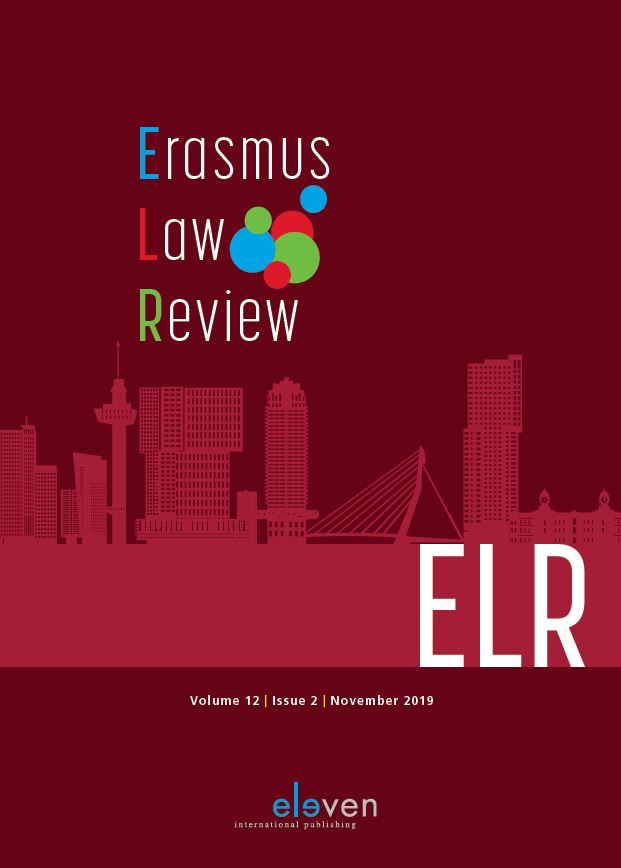|
Fighting outlaw motorcycle gangs is currently one of the top priorities of many governments around the world. This is due to the notion that outlaw motorcycle gangs do not consist solely of motorcycle enthusiasts. Numerous cases reveal that these clubs, or at least their members, are involved in (organised) crime. In order to tackle these clubs, the former Dutch Minister of Security and Justice announced a whole-of-government strategy towards outlaw motorcycle gangs in 2012. As part of this effort, authorities such as the Dutch National Police, the Public Prosecution Service, the Dutch Tax Authority and local governments aim to cooperate in order to disrupt and restrict outlaw motorcycle gangs by means of Criminal, Administrative and Civil Law. Part of this strategy is to hinder club-related events. This article discusses the latter strategy in light of the distinction between prevention and pre-emption. As the latter two concepts are often used interchangeably, this article attempts to use a more strict division between prevention and pre-emption. Thereby, it becomes apparent that outlaw motorcycle gangs are to some extent governed through uncertainty. The author suggests that maintaining the ‘prevention–pre-emption distinction’ can offer an interesting and valuable point of departure for analysing today’s crime policies. |


Erasmus Law Review
Over dit tijdschriftMeld u zich hier aan voor de attendering op dit tijdschrift zodat u direct een mail ontvangt als er een nieuw digitaal nummer is verschenen en u de artikelen online kunt lezen.
| Editorial |
|
| Auteurs | Kristin Henrard |
| Auteursinformatie |
| Article |
|
| Trefwoorden | Prevention, pre-crime, pre-emption, risk, outlaw motorcycle gangs |
| Auteurs | Teun van Ruitenburg |
| SamenvattingAuteursinformatie |
| Article |
|
| Trefwoorden | Workplace aggression, workplace violence, emergency responders, blaming the victim, victimology |
| Auteurs | Lisa van Reemst |
| SamenvattingAuteursinformatie |
|
Emergency responders are often sent to the front line and are often confronted with aggression and violence in interaction with citizens. According to previous studies, some professionals experience more workplace violence than others. In this article, the theoretical framework to study variations in workplace violence against emergency responders is described. According to criminal opportunity theories, which integrate the routine activity theory and lifestyle/exposure theory, victimisation is largely dependent on the lifestyle and routine activities of persons. Situational characteristics that could be related to workplace violence are organisational or task characteristics, such as having more contact with citizens or working at night. However, they do not provide insight in all aspects of influence, and their usefulness to reduce victimisation is limited. Therefore, it is important to consider the role of personal characteristics of the emergency responders that may be more or less ‘attractive’, which is elaborated upon by the victim precipitation theory. Psychological and behavioural characteristics of emergency responders may be relevant to reduce external workplace violence. The author argues that, despite the risk of being considered as blaming the victim, studying characteristics that might prevent victimisation is needed. Directions for future studies about workplace violence are discussed. These future studies should address a combination of victim and situation characteristics, use a longitudinal design and focus on emergency responders. In addition, differences between professions in relationships between characteristics and workplace violence should be explored. |
| Article |
|
| Trefwoorden | E-health, e-mental health, right to health, right to mental health |
| Auteurs | Fatemeh Kokabisaghi, Iris Bakx en Blerta Zenelaj |
| SamenvattingAuteursinformatie |
|
People with mental illness usually experience higher rates of disability and mortality. Often, health care systems do not adequately respond to the burden of mental disorders worldwide. The number of health care providers dealing with mental health care is insufficient in many countries. Equal access to necessary health services should be granted to mentally ill people without any discrimination. E-mental health is expected to enhance the quality of care as well as accessibility, availability and affordability of services. This paper examines under what conditions e-mental health can contribute to realising the right to health by using the availability, accessibility, acceptability and quality (AAAQ) framework that is developed by the Committee on Economic, Social and Cultural Rights. Research shows e-mental health facilitates dissemination of information, remote consultation and patient monitoring and might increase access to mental health care. Furthermore, patient participation might increase, and stigma and discrimination might be reduced by the use of e-mental health. However, e-mental health might not increase the access to health care for everyone, such as the digitally illiterate or those who do not have access to the Internet. The affordability of this service, when it is not covered by insurance, can be a barrier to access to this service. In addition, not all e-mental health services are acceptable and of good quality. Policy makers should adopt new legal policies to respond to the present and future developments of modern technologies in health, as well as e-Mental health. To analyse the impact of e-mental health on the right to health, additional research is necessary. |

 Aflevering 4
Aflevering 4